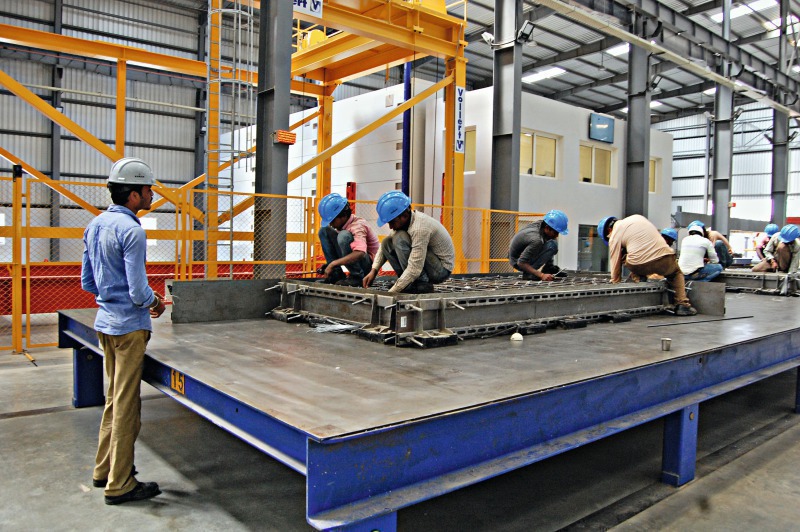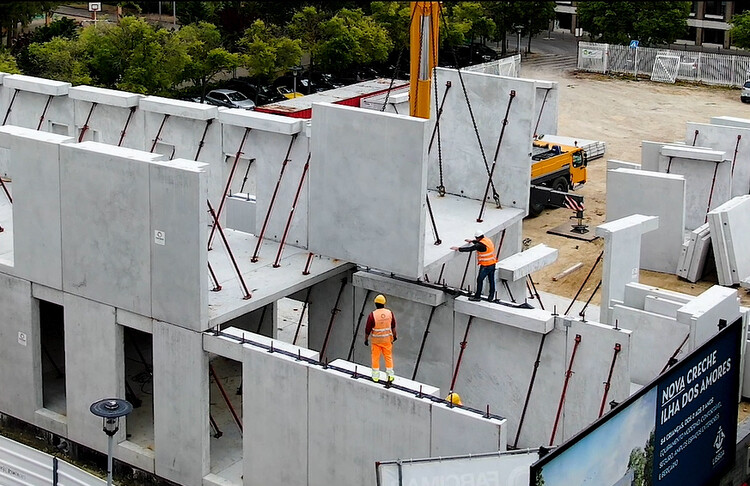An analysis of the potential impacts of making precast construction mandatory in India
India’s construction industry stands at a crossroads. While traditional construction methods have built our cities for generations, there’s growing pressure to modernize through technologies like precast construction. Some policymakers have even suggested making precast technology mandatory across the construction sector. But is this the right approach for India’s unique context?
The Promise of Precast
Precast construction offers compelling advantages. Components manufactured in controlled factory environments lead to consistent quality, reduced construction time, and potentially lower costs at scale. With India’s massive infrastructure needs and housing shortages, these benefits are certainly attractive. The environmental case is also strong. Precast typically generates less waste than traditional construction, uses materials more efficiently, and can incorporate sustainable innovations more easily. In a country facing growing environmental challenges, this is no small consideration.
The Indian Reality
However, India’s construction landscape is uniquely complex. Our industry employs millions of workers across formal and informal sectors, with widely varying levels of technical training. A mandatory shift to precast would fundamentally disrupt this employment ecosystem.
The financial barriers are equally significant. Precast requires substantial upfront investment in manufacturing facilities, specialized transportation, and heavy lifting equipment. While large developers might absorb these costs, smaller contractors who form the backbone of local construction would struggle to adapt.

Then there’s the question of geographic appropriateness. India’s diverse climate zones, from Himalayan regions to coastal areas, often require locality-specific construction approaches. A one-size-fits-all mandatory policy would fail to account for these regional variations.
A Balanced Path Forward
Rather than a blanket mandate, India needs a nuanced approach that:
- Incentivizes rather than mandates: Offer tax benefits, streamlined approvals, and other incentives for precast adoption where appropriate.
- Invests in workforce development: Create comprehensive training programs to help workers transition to new construction methods.
- Builds capacity gradually: Start with government projects and specific building types before wider implementation.
- Supports technological adaptation: Fund research into precast techniques specifically suited to Indian conditions and requirements.
- Establishes quality standards: Develop robust quality control systems appropriate for the Indian context.
Conclusion
Precast technology undoubtedly has a major role to play in modernizing India’s construction industry. However, mandatory implementation risks creating more problems than it solves. A thoughtful, phased approach that respects India’s economic realities while gradually building capacity would better serve both the industry and the millions who depend on it.
The future of construction in India should embrace innovation – but innovation that works with our unique circumstances rather than against them.


